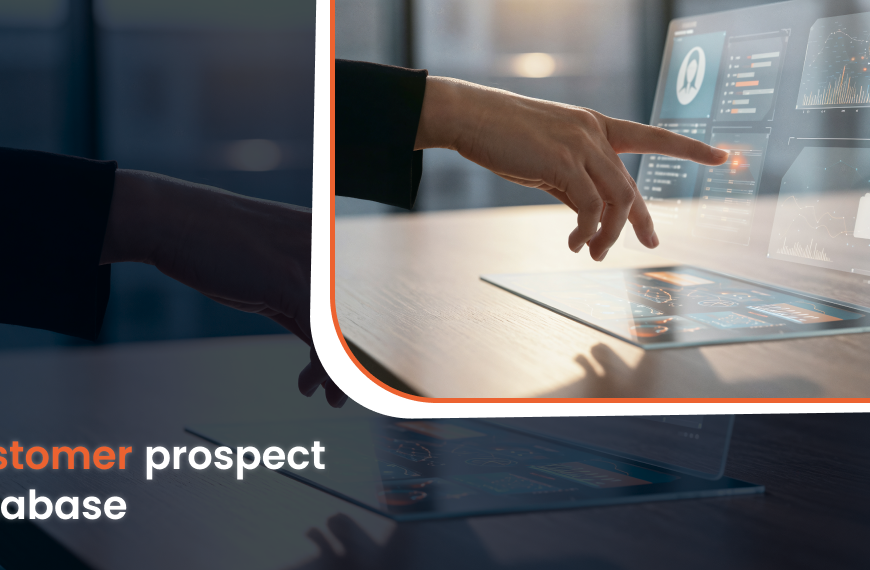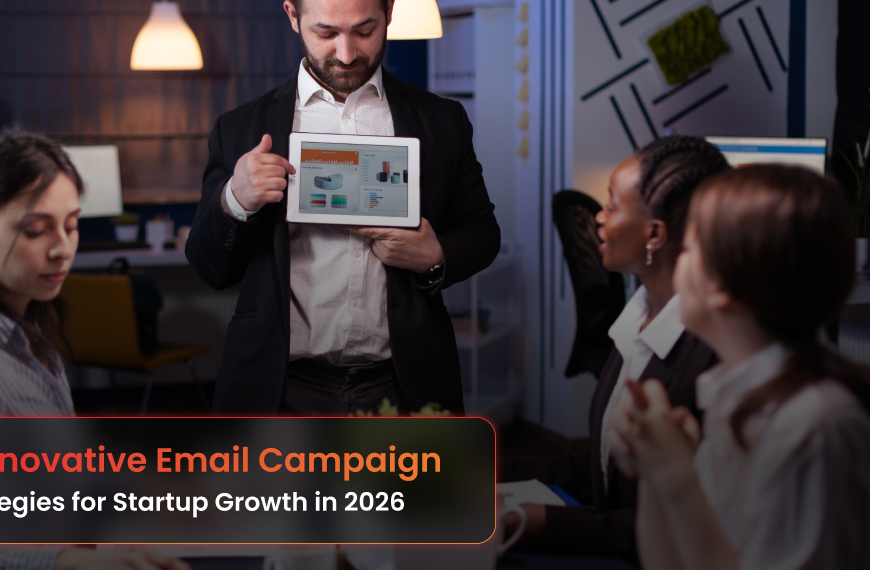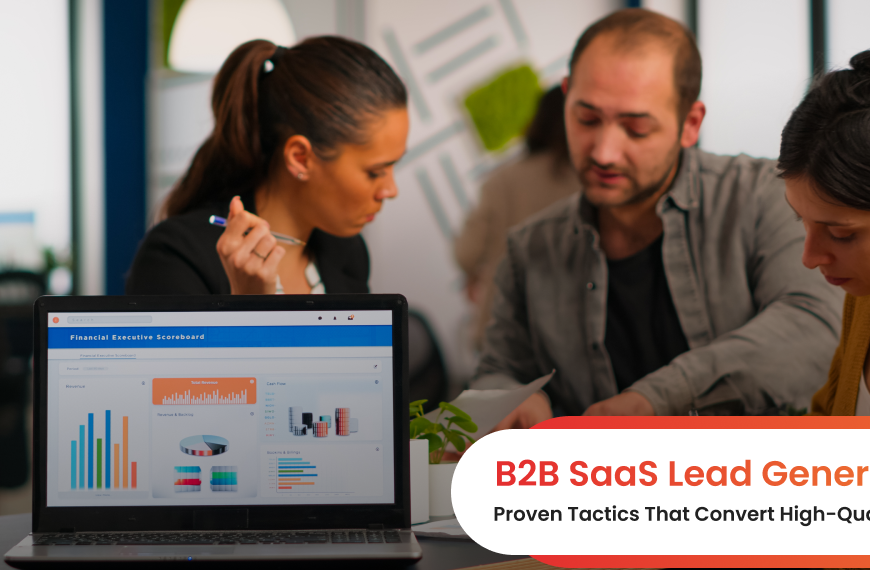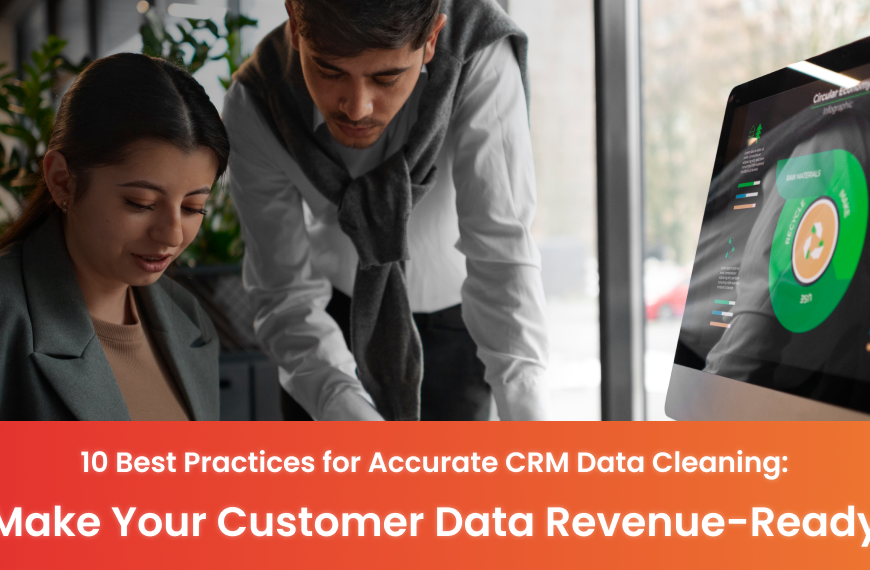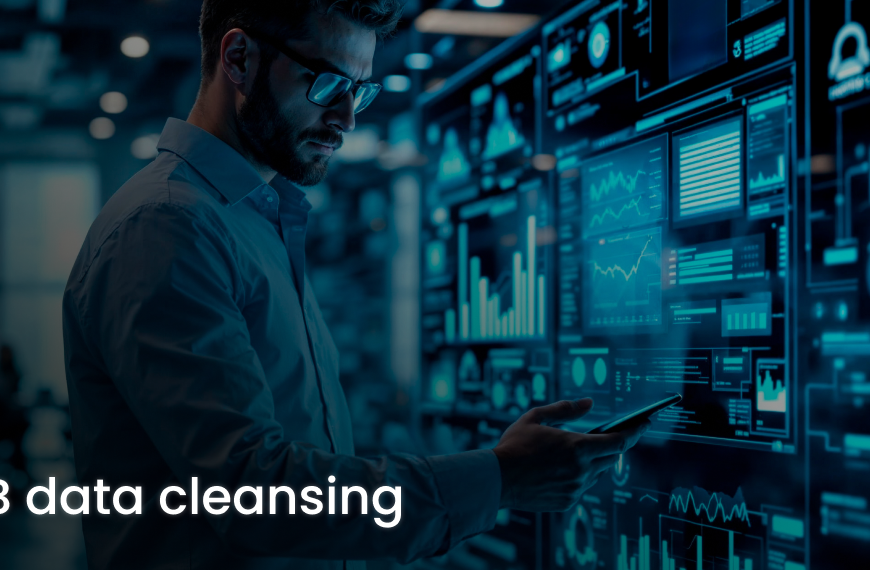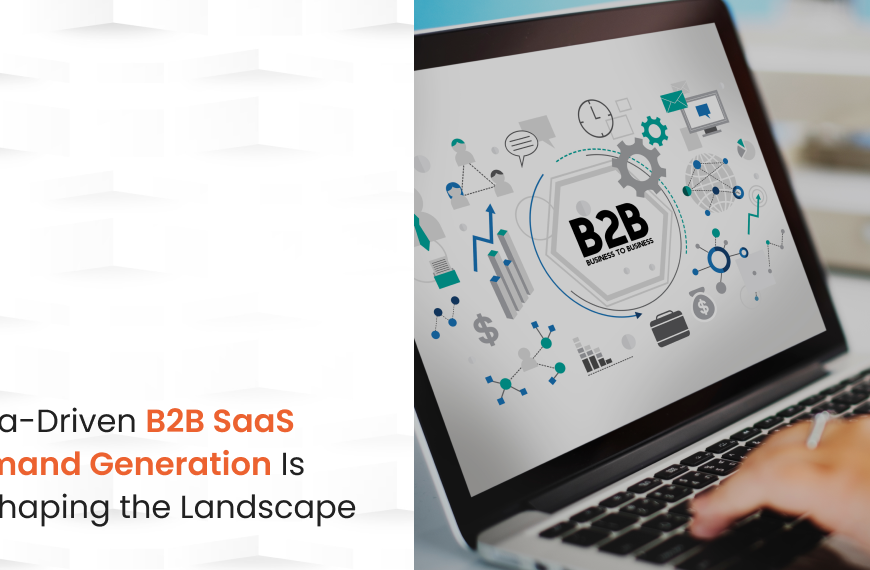Introduction
Account-based marketing, or ABM, is a perfect supplement for potential customers. While both share the same goals in a B2B context (long-term engagement, brand responsibility, and revenue growth), their approaches are different. The ABM strategy approaches a few selected high-value accounts with personalized content and, at the same time, creates the much-needed cooperation between the sales and marketing departments. On the contrary, lead generation pulls in a great number of potential clients and then systematically guides them to conversion. It mainly deals with personal connections within the companies and frequently employs non-targeted content.
In this blog post, we will discuss ABM and lead generation’s differences in strategies and components, and which strategy to use when to achieve the ultimate B2B goal.
What is Account-Based Marketing (ABM)?
Account-based marketing (ABM) is a primary business-to-business strategy that focuses on targeted accounts’ sales and marketing efforts within a specific market. ABM is a strategy that utilizes targeted content to showcase a company’s product spectrum in a manner that addresses the specific requirements and problems of an account. The objective is to elevate pipeline quality, revenue, and retention efforts in key accounts. The ABM model allows brands to offer personalized support, thus building stronger customer relationships while still using conventional methods of lead generation.
The global account-based marketing market size is projected to reach USD 3,811.4 million by 2030.
Common ABM Strategies
- Personalized Email campaigns: Outbound email campaigns feature custom messaging that highlights relevant pain points and business-specific use cases. It builds around the priorities for each account!
- Content Syndication: This syndication tactic of ABM focuses on select accounts. It delivers highly relevant assets to drive interest among your priority audience.
- Account-Specific Ads: You can comprehensively use platforms like Demandbase, Terminus, and StackAdapt that offer account-level targeting. Media partners can also run programmatic campaigns to your ABM list across display, audio, CTV, and more.
- LinkedIn Conversation Ads: You create tailored ads to deliver to a prospect’s inbox. This direct approach to DMs enhances personalized engagement that often results in demo signups, event registration, and form submissions.
- Customized Content: You or your hired content writer tailors blogs, landing pages, case studies, and white papers aligned to an account’s place in the funnel, where they address the problems you want to solve.
- Webinars & Roundtable: You can leverage internal webinars for current customers to support upsell/cross-sell motions. Meanwhile, ABM often puts its mark on more curated roundtable events where key decision makers foster dialogues.
What is Lead Generation?
Lead generation describes the process of converting visitors into potential customers for a business or service, guiding them to a sales pipeline. Core components of this B2B involve the usage of various channels, such as search, email, social media, and company websites. Brands, through lead generation, aim to raise people’s interest in their products and services.
Common Lead Generation Strategies
- Paid Search: You enable a keyword-first strategy to do paid search that drives users to dedicated landing pages where you promote demos, downloads, or other offers.
- Webinars: You conduct live educational events that require gate entry behind a form fill. The leads you get here often come with higher intent and engagement than standard gated content.
- Content Marketing: Content syndication and partner email campaigns with industry publications are its primary components. These typically promote assets like white papers and case studies to capture lead information.
- Referral Programs: You encourage current users to refer your services and products to others in exchange for incentives, such as promotions or exclusive access.
- Native Landing Page: You build landing pages on your website to optimize conversion, whether the goal is a content download or contact form submission.
- Social Media: LinkedIn offers native lead-generation tools that let you create forms for event registration or demo sign-ups. This makes it easy to capture interest within the platform.
Lead generation vs ABM: Differences Explained
Targeting Tactic: ABM helps you develop a strategic list of high-value accounts to target, based on communication between sales and marketing teams. Meanwhile, lead generation campaigns generally target broad demographics, such as industry or job titles.
Sales Cycle: ABM is a more complex, strategic sales cycle that targets decision-makers within a desired audience. Lead generation in this context, like ABM, involves longer B2B sales cycles.
Campaign Goal: ABM focuses on engaging and converting a smaller, targeted number of high-value prospects through the funnel. Lead generation, on the other hand, focuses primarily on generating as many leads as possible to help fill the sales funnel with potential prospects.
Platform and Tools: Industry publications and LinkedIn are the common platforms for both B2B tactics. Apart from that, in ABM, you can use Emandbase and Terminus, a platform that operates through a target account list. On the other hand, lead generation allows you to incorporate platforms like native form fills, Google Ads, and HubSpot.
Key Metrics for Performance: When you invest in ABM campaigns, it helps you track those essential metrics like account engagement and account penetration. At the same time, lead generation tracks metrics such as leads, MQL scoring, cost per lead (CPL), and pipeline influence.
ABM vs. Lead Generation: When to Use What
There are no biased or one-size-fits-all answers on what to choose between ABM and lead generation. It ultimately depends on your business goal, audience size, and complexity.
Choose account-based marketing when:
- You have a verified list of high-value accounts.
- You want to expand your brand’s value within existing accounts.
- Your sales and marketing are aligned on the account strategy.
- Your solutions are complex and require multiple decision-makers
Choose lead generation when:
- You’re targeting a wider audience or emerging verticals
- You have targets and need to fill the top of the funnel quickly
- You have lower-cost products, which are easier to understand.
- You’re launching a new product or campaign, targeting a broad appeal.
Many B2B organizations leverage both strategies. ABM helps you double down on the right prospects. Whereas lead generation helps cover interested buyers. You only need to be sure about your goals and intent, and everything will fall in line with the right strategy, irrespective of your choice.
Make the Most of Both With a Market Force
Account-based Marketing and lead generation together form a powerful combination that drives an agile, results-driven sales funnel. However, both pose challenges in today’s marketing context. With the right tools and experts, you can automate your marketing activities and deploy strategies for maximum impact.
At A Market Force, we have experts with hands-on experience in both ABM and lead generation strategies. They leverage the modern tools and trends to turn your campaigns into measurable ROI. Contact today for a consultation!
FAQs
1. Can I actually use ABM and lead generation together?
Absolutely. Both ABM and Lead Generation can work hand in hand when you balance awareness with precision targeting.
2. Which is more suitable for B2B companies?
For most B2B brands, ABM hits close to home. This helps you focus on the accounts that really matter instead of chasing endless leads.
3. Does ABM cost more to run?
It can, mainly because it’s more focused and personal. But when done right, the effort and return on investment usually make it worth every penny.
4. How do I know if my business is ready for ABM?
If you already know who your best-fit customers are and your sales cycle isn’t exactly short, you’re probably ready to take ABM for a spin.
5. What’s one mistake people make when moving from lead gen to ABM?
Treating ABM like just another campaign. It’s not; it’s a mindset shift that needs tighter alignment between marketing and sales and a genuine focus on relationships, not reach.


